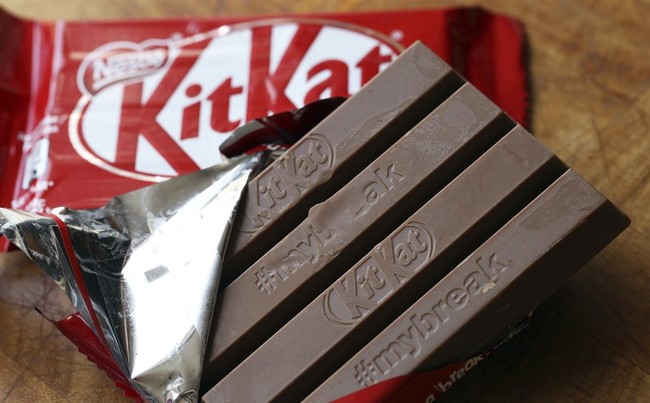Top News
Blame Cocoa, Not the Bunny: Easter Treats Cost More This Year

The price of putting together an Easter basket has increased this year. Easter treats are up in price, thanks to the cost of cocoa.
Cocoa prices have tripled over the past twelve months. The prices have doubled since the beginning of 2024. There is a bean disease in West Africa, where 70% of cocoa comes from, that is affecting the market. Also, sugar prices are up 7%.
Chocolate makers set their prices for this Easter last year. They say they have to hike prices again to cover their costs. Sugar futures for a pound of sugar are up after rising 2.7% in 2023. Big Chocolate is finding shrinking sales due to increasing prices.
Companies like Hershey’s and Mondelez (Cadbury’s parent company) have been passing on these costs to consumers. Hershey’s net profit margins have gone up to 16.7% in 2023, up from 15.8% in 2022. Mondelez’s profit margin jumped from 8.6% in 2022 5o 13.8% in 2023.
In Biden’s economy, average American consumers are looking to cut costs, not increase them. It is no wonder that chocolate sales are down. It’s a treat, a luxury, which are the first items cut when budgets are strained. Consumers either can’t afford increased prices or they are simply tired of paying more for chocolate.
The National Retail Federation expects a drop in spending on Easter this year, though the total figure still remains high by historical standards. Its latest survey shows that consumers are expected to spend $3.1 billion on candy this Easter, or $24.78 per person. That’s down from $3.3 billion, or $26.31 per person a year ago.
“Pricing is clearly a key component of this plan,” said Luca Zaramella, chief financial officer at Mondelez, in a conference call in January. “Its contribution will be a little bit less than we have seen in 2023, but it is higher than an average year.”
Hershey raised prices on chocolate overall last year as inflation surged and said it increased prices on some grocery and food service items early in 2024. It expects sales growth of up to 3% this year.
Confection makers are using promotions and offering non-chocolate Easter treats. Impulse buys of chocolate and candy at convenience stores and in grocery store checkout lines are down, so Easter and Halloween sales are important.
Major cocoa plants have decreased production because they can’t afford to buy the cocoa beans. Ghana, for example, is set to lose key funding access that allows it to buy cocoa beans.
According to a report by Axios, this situation has been coming for a long time. The main cause? Yep – climate change.
The cocoa crisis has been in the making for a long time, according to Tedd George, founder and chief narrative officer at Kleos Advisory. “We saw it coming and unfortunately, it’s played out exactly as everyone said it would.”
- Two-thirds of the world’s cocoa comes from Côte d’Ivoire and Ghana. Yet frequent El Niño conditions last year set the world’s top cocoa producers into a prolonged dry spell, impacting harvests and production.
- George says climate change and changing weather patterns turbo-charged the financial crisis in Ghana, threatening cocoa production.
- He says local Ghanaian farmers have been unable to restore old trees because it costs too much to buy pesticides; this in turn led to the spread of black pod disease and swollen shoot virus during the last quarter of 2023.
If they saw it coming, why didn’t they make adjustments to ease the need for price increases? Why aren’t companies helping Ghana secure funding going into the future, for example? Instead, selling contracts are being canceled.
The Ivory Coast cocoa regulator, Le Conseil Cafe-Cacao, recently stopped selling contracts for cocoa exports forward sales for the 2024-25 season as production numbers drop.
Reuters reports that in normal times, the heavily regulated market allows buyers to set pre-agreed prices a year in advance.
However, in times of shortage, “the system breaks down” and dealers buy the beans at higher than the pre-agreed prices to secure the delivery.
This doesn’t sound encouraging for those of us who enjoy a chocolate treat to get through the day at times. I imagine that Easter baskets will be less full this year. The Easter Bunny may take some heat.
The price is expected to remain high for the foreseeable future, maybe go higher. Still, it is expected that 92% of Americans who celebrate Easter will purchase candy and chocolate this year. The confectionery sales during the Easter holiday season will likely total $5B, according to the U.S. National Confectioners Association.
It remains to be seen whether or not chocolate remains affordable for all consumers or if it becomes more of a luxury item.
Read the full article here


















